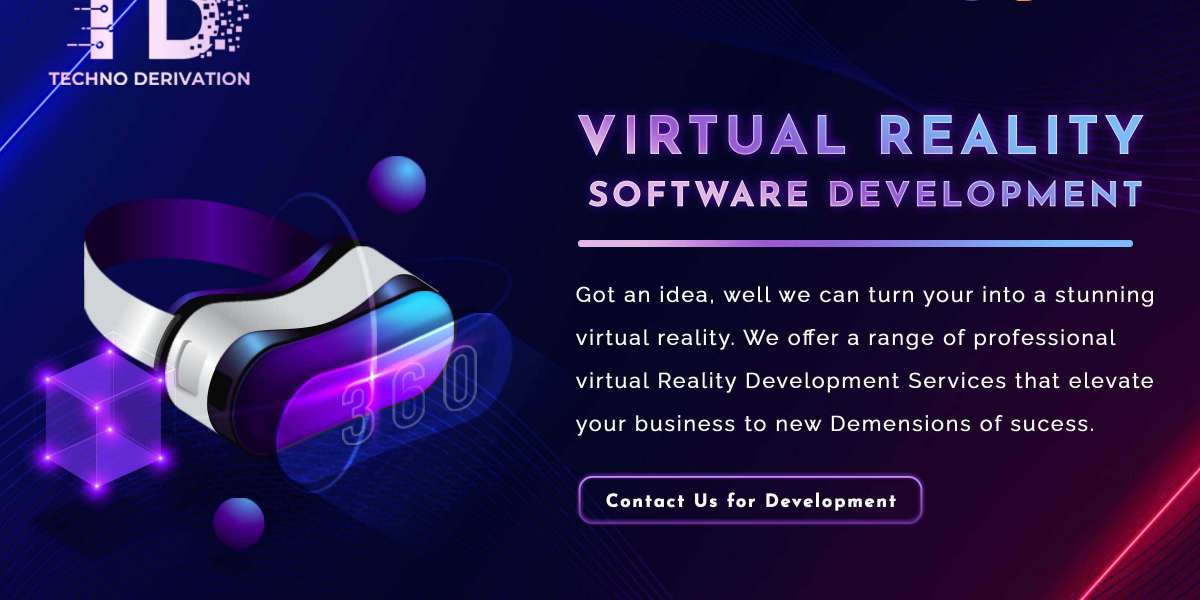Introduction:
Virtual Reality (VR) stands at the forefront of technological innovation, offering immersive experiences that transport users to entirely new worlds. This article delves into the realm of virtual reality, exploring its definition, applications across various sectors, and the profound impact it has on entertainment, education, healthcare, and beyond.
I. Understanding Virtual Reality:
Virtual Reality is a computer-generated simulation of an immersive environment that users can interact with through specialized hardware, such as VR headsets. Unlike augmented reality, which overlays digital content onto the real world, VR creates entirely synthetic environments that users can explore and manipulate.
II. Applications Across Industries:
Entertainment and Gaming:
VR has revolutionized the entertainment industry by offering unparalleled gaming experiences. Players can step into the shoes of their favorite characters, explore fantastical worlds, and engage in immersive storytelling, all within the confines of a virtual environment.
Education and Training:
In education, VR provides immersive learning experiences that transcend traditional classroom settings. Students can explore historical landmarks, dissect virtual organisms, or practice complex skills in a safe and controlled environment. VR-based training programs are also utilized in fields such as aviation, healthcare, and manufacturing to simulate real-world scenarios and enhance skills development.
Healthcare:
VR has transformative applications in healthcare, from pain management and rehabilitation to surgical training and therapy. VR simulations allow healthcare professionals to practice procedures in a realistic virtual environment, improving their skills and reducing the risk to patients. VR-based therapies are also used to treat phobias, PTSD, and anxiety disorders.
Architecture and Design:
Architects and designers use VR to create immersive walkthroughs of buildings and spaces before they are constructed. Clients can explore virtual models, visualize design concepts, and provide feedback, streamlining the design process and improving communication between stakeholders.
III. Advancements in VR Technology:
The evolution of VR hardware and software has been instrumental in advancing the capabilities of virtual reality. High-resolution displays, improved tracking systems, and ergonomic designs enhance the immersive experience for users. Wireless VR headsets, standalone devices, and accessories such as hand controllers offer greater freedom of movement and interaction within virtual environments.
IV. Challenges and Future Outlook:
Despite its transformative potential, VR faces challenges such as the high cost of hardware, content creation barriers, and concerns about motion sickness. However, ongoing research and development efforts are addressing these challenges, paving the way for wider adoption and more accessible VR experiences. As technology continues to advance, VR holds promises of even more realistic, interactive, and socially connected virtual worlds.
Conclusion:
Virtual Reality is not just a tool for entertainment; it's a gateway to new realms of exploration, learning, and innovation. From gaming and education to healthcare and design, VR is revolutionizing industries and redefining the way we experience the world. As the technology continues to evolve, virtual reality will play an increasingly integral role in our lives, bridging the gap between imagination and reality like never before.



